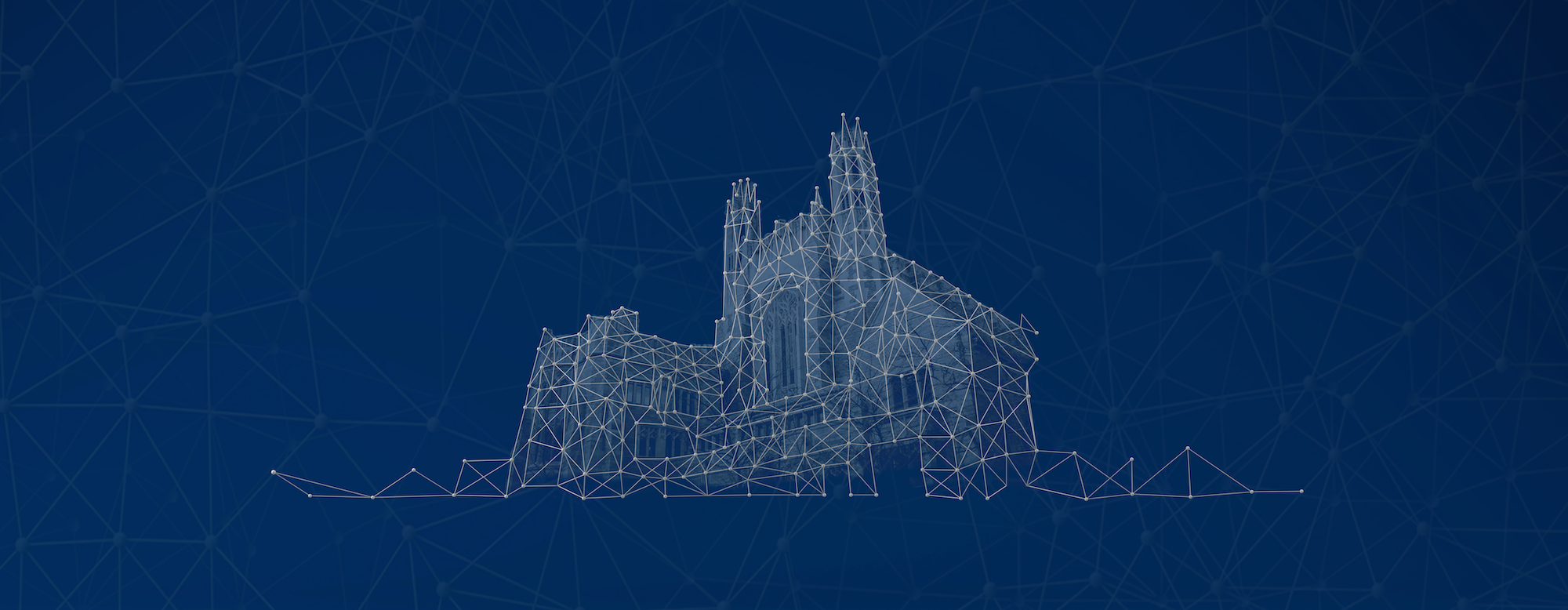This Article investigates two particularly intriguing aspects of evolving theories of intellectual property. The first is how well new theories mesh with traditional theories. Externality theory from this decade recapitulates public goods theory from the 1980s. Misappropriation doctrine from 1918 embodies the prescriptions of theory developed decades later. The second is how well theories developed for copyright and patent law, the creativity domain of IP, fit trademark law, the fraud and competition domain. This Article demonstrates that the three approaches to determining the optimal scope of copyright and patent protection involve a balancing of interests equally applicable to trademark issues. In trademark law, those interests are the creation of incentives to engage in trademarking activity and the use of marks to lower search costs and increase competition. Balancing these interests for any type of use of a mark requires weighing the benefits of exclusive rights and the benefits of free access. Courts that enjoin conduct leading to Internet initial interest confusion tend to focus solely on goodwill, the dynamic efficiency side of the balance. When accepting such claims, courts offer no limits on the internalization of externalities and ignore the inherent balancing. The mixed public goods nature of trademarks means that that the balance between incentives and access might differ for different uses of trademarks. A discussion of Internet initial interest confusion, sponsorship confusion, and post-sale confusion illustrates how to perform this balancing.
